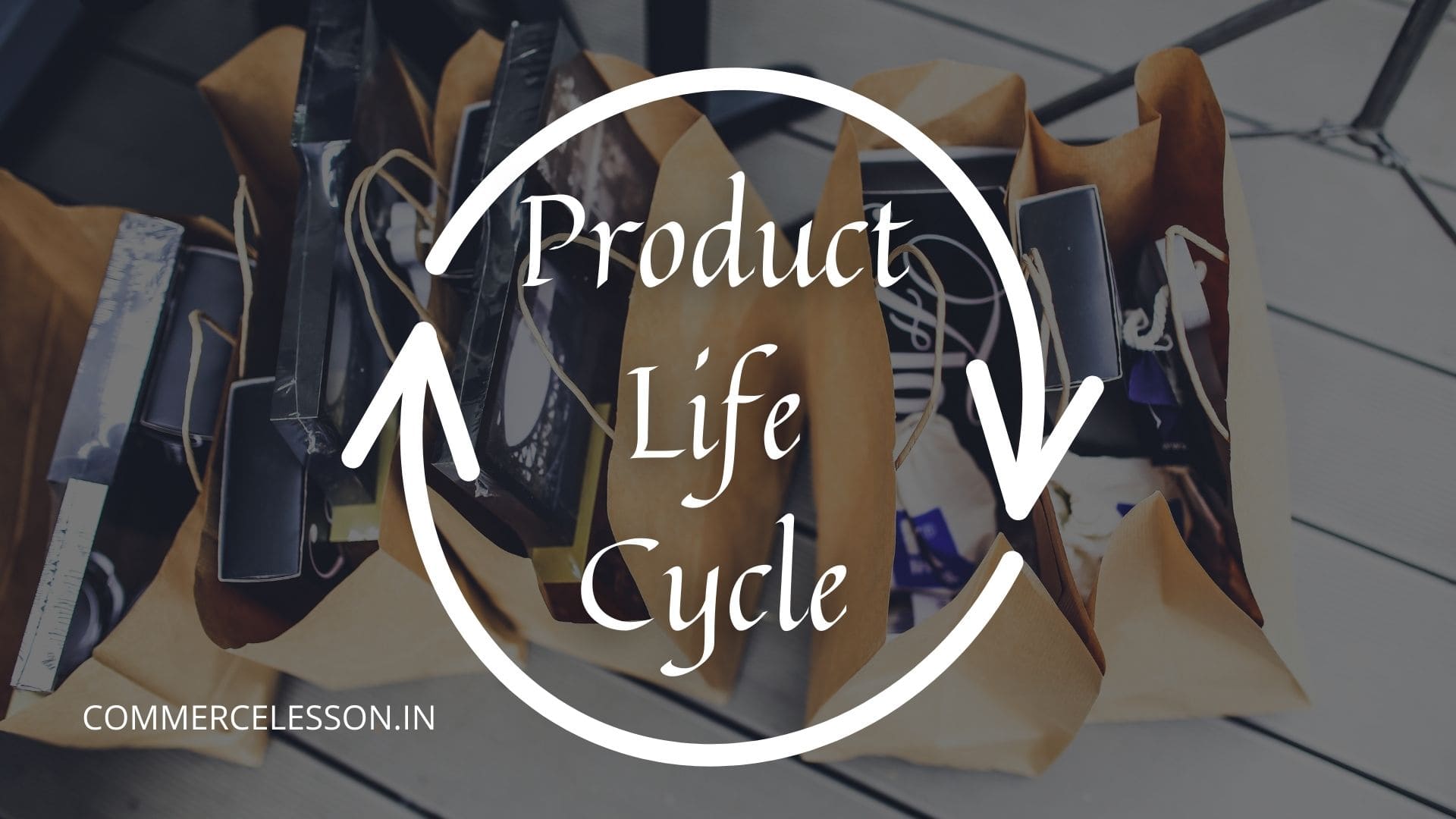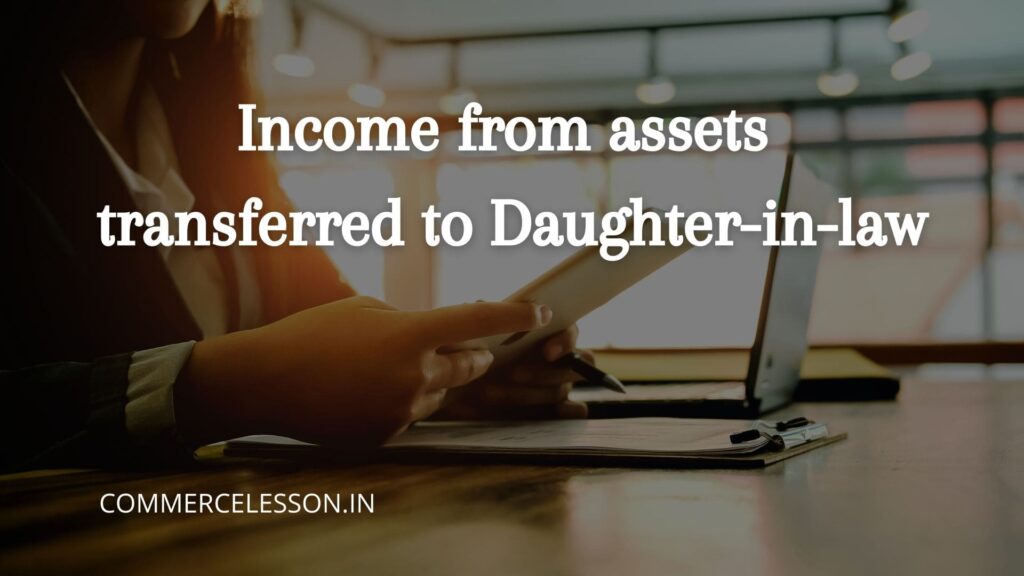In this article, we will discuss the concept of Product Life Cycle briefly.
What is product life cycle? Discuss briefly.
Similar to human life there is rise and fall of the acceptability of a product because the demand of a product in the market does not remain constant. Every product has a life-cycle which is determined by three factors, viz.,
(i) technological change,
(ii) degree of acceptability of the product and
(iii) opportunity and benefits of competition.
The volume of sales of a product and the revenue derived from the sale of the product follow a typical pattern in a cyclical form. This cyclical pattern is called product life-cycle. There are five distinct phases of product life cycle. There is a life cycle of every human life. Similarly, a product has a typical life-cycle. But the length, durability and form or size of different products vary. Every product goes into extinction when its need is exhausted or when cheaper product of similar standard is available in the market or when more useful product comes in the same market. Obsolescence or decay eventually occurs when a superior product or convenient product gains decisive advantage. A competitive product backed by superior marketing strategy may relegate the product behind the curtain or screen. A product life-cycle may be defined as a cycle depicting the life of a product in the market and the cycle comprises of certain stages, such as, introduction, growth, attainment of maturity, attainment of saturation and declining or decay.
The concept of product life-cycle is related to a particular market. For example, a product that has a declining market in a country may revive and get a new life when it is introduced in the market of another country. Thus, product life-cycle may be caused by product market life-cycle. The product life-cycle may be a few years or it may run for a number of decades. It totally depends on the nature of the product.
Liked our post?
We are available with lots and lots of commerce-related content.




